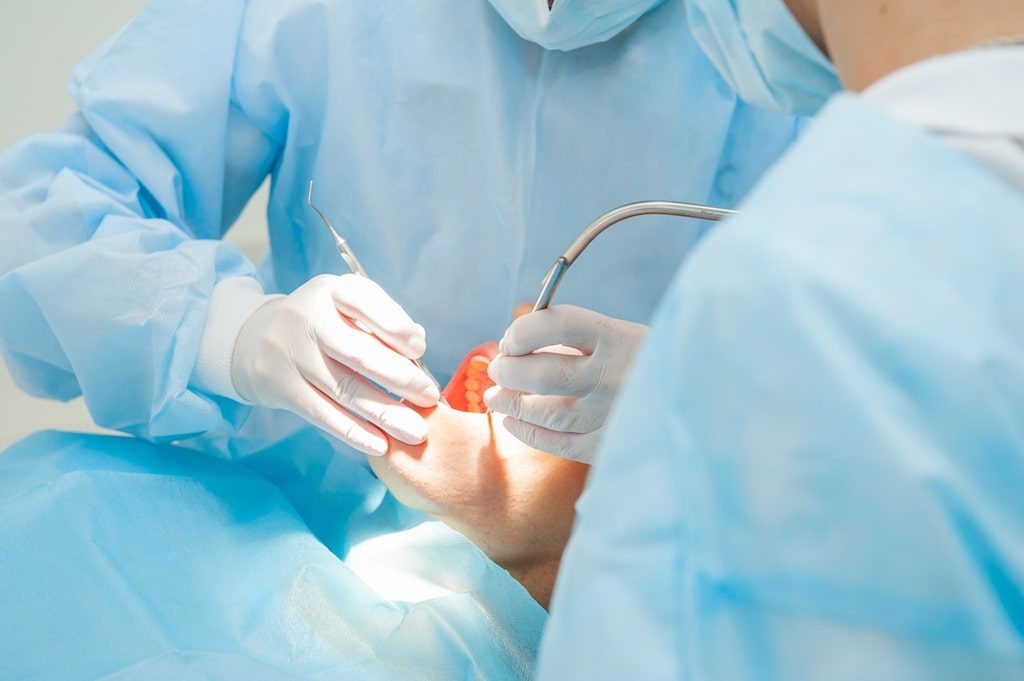What is PRP and how does it aid in healing?
You may have heard the buzz about PRP or PRF in regards to joint surgery alternatives, cosmetic enhancements, or perhaps your vet is using it in therapy for your dog. Doctors in every field are embracing this technique. What’s amazing is it was originally ‘discovered’ by people in the dental field. PRP stands for platelet-rich plasma, and is a treatment that uses your body’s own healing mechanisms to improve healing and recovery. So what is PRP treatment and how does it work?
What is Platelet-Rich Plasma Used For?
Platelet-Rich Plasma treatments became popular in the 1990s as a way to speed up the healing process for soft tissue. Over the years different names have been used PRP, PRF, a-PRF, etc. It’s all more or less the same, with minor tweaks to the technique so new people can stake a claim as inventors of a brand spanking new invention. Ultimately though it is all just using a patient’s own blood to target healing platelets to injured tissue. It is commonly used to treat torn tendons, tendinitis, muscle injuries, arthritis-related pain, and joint injuries. In dentistry, PRP is used to improve healing after dental surgeries, like bone grafting, extractions, sinus lifts, implant placement, and socket grafting.

How Does PRP Treatment Work?
The simple answer is that PRP is just a portion of your own blood. After drawing a vile or two of your blood it is spun in a centrifuge which separates the blood into its different parts. The spinning also concentrates the platelets in your blood, hence the name “platelet-rich”. This platelet-rich plasma is separated from the rest of the blood, turned into a membrane or combined with bone grafting material and then placed in and around the oral surgery site. The elevated platelet concentration increases growth factors for the injured tissue. Which can help reduce bleeding and enhance soft tissue healing and bone regeneration.
These are both key factors to recovery from oral surgery, especially in older patients. Older patients can experience very slow healing from extractions, which can lead to significant bone loss. The quicker recovery with PRP can also mean less wait time for patients that need prostheses or dental implants. In fact one study that measured the healing times for patients after a tooth extraction showed that PRP treatment helped patients heal six times faster than the group that didn’t receive PRP treatment.
Does PRP Treatment Have any Drawbacks?
Because PRP is derived from the patient’s own blood, it is remarkably safe. There are some minor risks associated with venipuncture/blood draws, including discomfort, bruising, vasovagal syncope (fainting). But there are no risks for rejection or disease transmission because it is made from your own blood. PRP uses such a small amount of blood that it also doesn’t require a lab or blood bank, your doctor can do it all in their office. This means it is also a cost effective treatment, as there are no middle-men to ramp up the price. As with most newer treatments, be sure to check with your insurance provider to determine coverage for the PRP treatment.
Contact Boulder Dental Arts to discuss how PRP treatment could help you recover from your next procedure.
